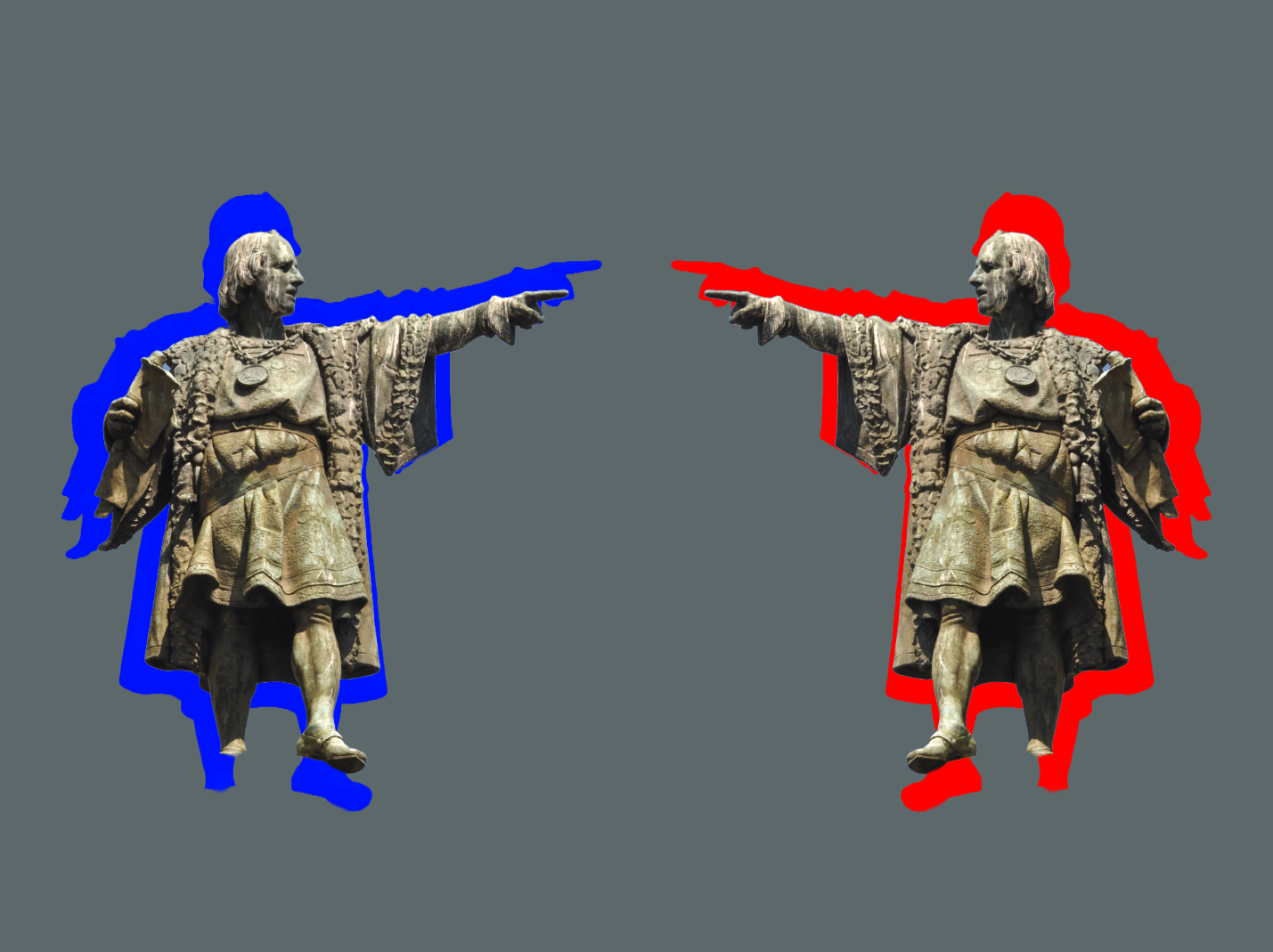
In his 1995 classic, Lies My Teacher Told Me: Everything Your American History Textbook Got Wrong, James W. Loewen took American history textbooks to task for their rose-tinted portrayal of history, such as glorifying Columbus while neatly skipping over the violence and exploitation that followed his arrival. Textbooks of Loewen’s time were off the mark, but instead of finding a balanced approach, as he wanted, today’s texts have veered into a new set of errors—swinging dramatically to the left.
Enter Wilfred Reilly’s Lies My Liberal Teacher Told Me. Reilly argues that, in the quest to fix historical biases, today’s curricula have simply traded one set of distortions for another, replacing omissions with their own brand of misleading leftist narratives.
As a counterweight to Loewen, Reilly suggests that in trying to correct the past’s shortcomings, education has only succeeded in spinning its own web of lies.
He debunks, for example, several myths found in current educational materials, such as—among other topics—the notion that the Red Scare was an unfounded moral panic, the portrayal of Native Americans as uniformly peaceful, and the idea that European colonialism was significantly worse than the native rule it replaced.
One Amazon reviewer put it this way:
History education is indispensable in training the next generation of thinkers and citizens. It is important to be impartial, fair and honest. That which has happened, will likely happen again, may be only a little different. That said, we owe it to ourselves to take an unbias and critical look into the past. This book is an eye opener because it shows how deeply liberal myths and lies permeate american history. There are a lot of jaw dropping truths. It is a fair and worthy read.
Fortunately for you, Reilly has graciously allowed me to share excerpts from his book on Minding the Campus: “The Red Scare Was No Moral Panic” and “Native Americans Weren’t Singing Kumbaya When White Settlers Arrived.” “What’s So Bad About Colonialism?,” another excerpt, will be posted on August 19.
I hope you’ll enjoy those reads, and if they pique your interest, grab the full book here.
Image designed by Jared Gould using assets by bbourdages on Adobe Stock, Asset ID#: 24653978

There is one more thing about this that no one is mentioning — the growing mental health epidemic in both K-12 and Higher Ed.
Every society that I am aware of, current or historical, has had its myths and heroes. Strong, virtuous people who did great things of which the society can be proud, with the related corollary that the society is noble, virtuous, and great. As a member of the society, the child is also noble, virtuous, and great — and has a right to be proud of who he or she is.
Take the myth of George Washington and the cherry tree — it was fabricated in 1806 by a biographer wanting to sell books about Washington. It then went into the McGuffey readers, which were the primary texts used to teach reading for over a century. Then look at the Dick & Jane readers that replaced them — everyone was noble and virtuous, nobody ever did anything wrong or evil.
Think the basic message of the much parodied Mr. Rogers. Fred Rogers was not only a Presbyterian minister but had a solid background in child development. He knew that children (all children) need to hear that they are important, that people care about them, and that they are good. At it’s most basic, that was the message of Mr. Rogers.
Four generations ago, our children were told that they were great, America was great, and that they had heroes that they could be proud of. And we didn’t have 22.8% of our population mentally ill (NAMI statistic for 2021). While K-12 statistics are flawed because they include ADHD (which is a neurological difference like being left handed and *not* a mental illness), the CDC’s figures are chilling. 36.7% of adolescents aged 12-17 had persistent feelings of sadness or hopelessness, with 18.8% having seriously considered suicide — and that was in 2018-19, before Covid.
Well, if you tell children that they suck, and live in a country that sucks, they might possibly believe you?
And then let’s look at the growing mental health crisis we have in Higher Ed. Could it be that we are bringing in freshmen who grew up in somewhat-stable middle class American households and essentially doing to them what was once done to the Indian and Eskimo children? And we know the harm that did to them, so why should we expect something different now?
The only question I have is if this is being done maliciously.